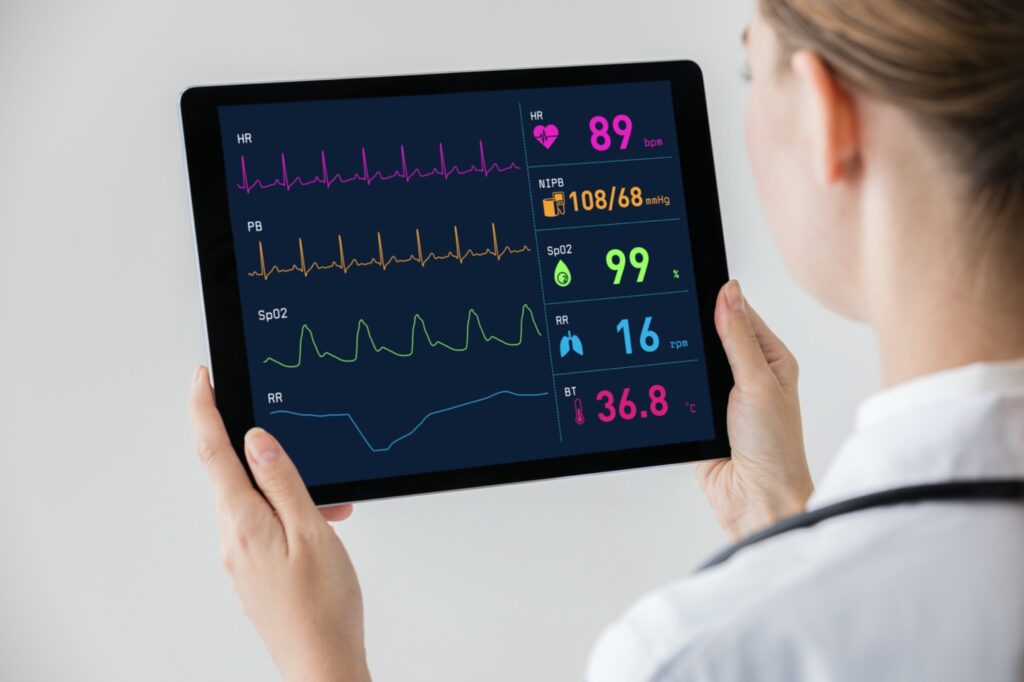Tackling COVID-19 with Remote Patient Monitoring
The coronavirus has proven that our healthcare system must be equipped to monitor, manage and treat patients outside of a traditional clinical setting. Due to limited face-to-face engagement, organizations must find a way to efficiently close care gaps, provide educational services and maintain patient satisfaction. As these systems begin to streamline across the country, organizations are given the ability to modernize their practice.
Benefits of RPM
For patients who test positive for COVID-19, home-based monitoring can mitigate the risk of exposure and transmission. Remote patient monitoring is built on the foundation of proactive, managed care. The RPM program is specifically designed to curb readmissions while providing timely intervention. Prior to COVID-19, remote monitoring was generally used to manage chronic conditions such as diabetes. The pandemic has since accelerated the use to treat mild cases of coronavirus. Patients can continuously monitoring patients vital signs such as heart rate and oxygen saturation levels. If symptoms continue to progress to the where hospital services are needed, providers are able to arrange for care to ensure the safety of the patient. Health centers have the ability to reduce patient anxiety, while easing the burden on medical facilities. The adaptation of remote monitoring ensures faculties are reserving hospital beds for those in need of direct care. Additionally, remote patient monitoring has the ability to:
- Reduce hospital re-admissions
- Increase patient satisfaction
- Increase utilization while driving down costs
Reimbursement through remote patient monitoring
Before COVID-19, Medicare coverage of RPM was limited to patients with one or more chronic conditions. However, because patients are encouraged to stay home, it was critical to accommodate patients with acute conditions as well. Recently, Centers of Medicare and Medicaid Services (CMS) issued specific guidance regarding how they cover remote patient monitoring. These changes ensure that RPM can be used for both acute and/or chronic conditions, expanding coverage to new and established patients. Four CPT codes have been finalized to give providers more flexibility to optimize RPM services. The new CPT codes include:
- 99453 – Remote monitoring of physiologic parameter(s) (e.g., weight, blood pressure, pulse oximetry, respiratory flow rate), initial; set-up and patient education on use of equipment
- 99454 – Remote monitoring of physiologic parameter(s) (e.g., weight, blood pressure, pulse oximetry, respiratory flow rate), initial; device(s) supply with daily recording(s) or programmed alert(s) transmission, each 30 days
- 99457 – Remote physiologic monitoring treatment management services, clinical staff/physician/other qualified health care professional time in a calendar month requiring interactive communication with the patient/caregiver during the month; first 20 minutes
- 99458 – Remote physiologic monitoring treatment management services, clinical staff/physician/other qualified health care professional time in a calendar month requiring interactive communication with the patient/caregiver during the month; each additional 20 minutes (list separately in addition to code for primary procedure)
Future outlook

Covid-19 has significantly increased the awareness surrounding RPM products. The idea of connected health solutions is empowering for both providers and patients. The increased use of RPM during this crisis has proven that it is here to stay. Technology companies such as IBM are continuing to test new devices that can be used for the future of remote patient monitoring. The remote patient monitoring system not only has the power to help flatten a pandemic curve, but also eliminate inefficiencies that have been found in the healthcare system for years.


